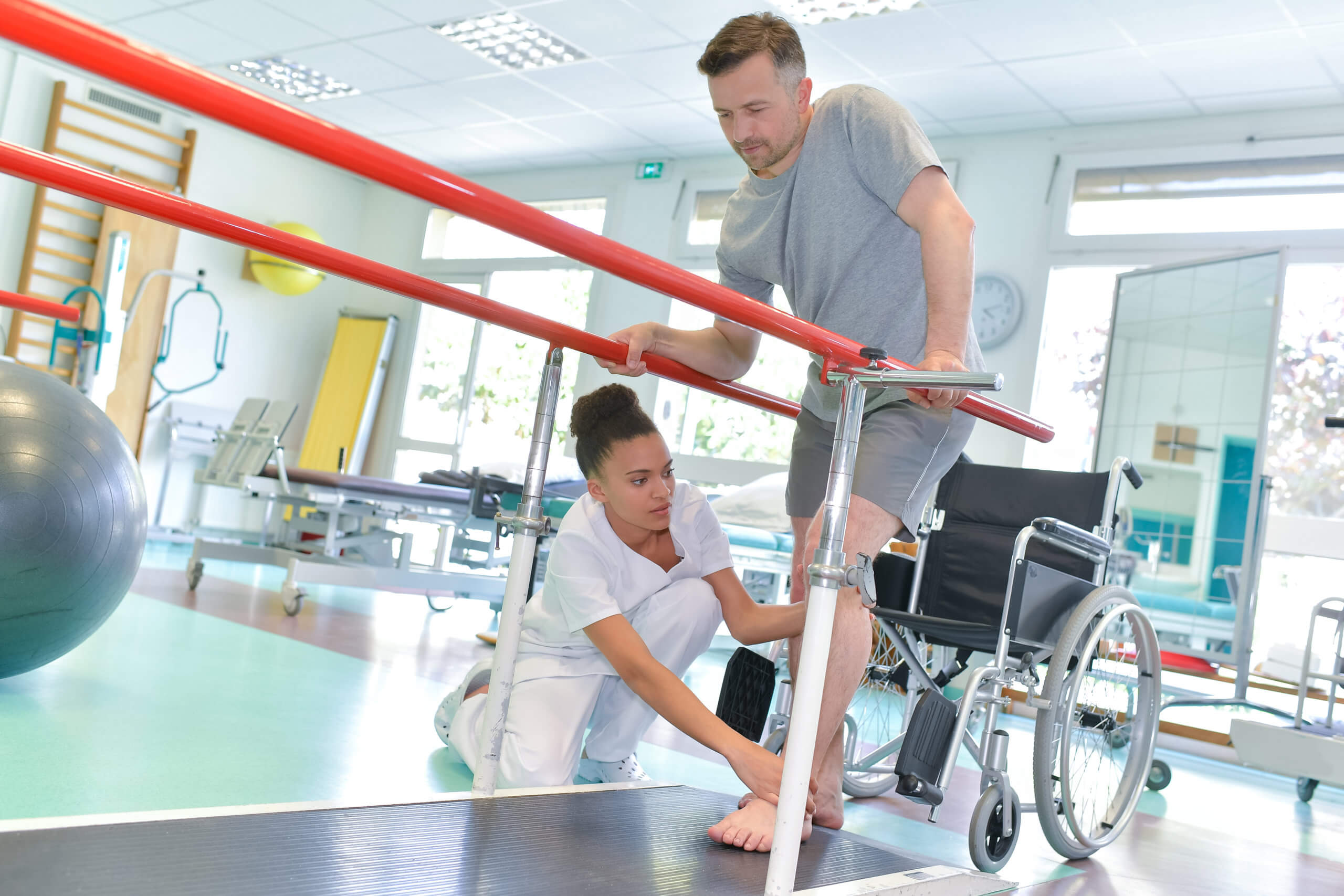Exploring the Benefits of Physical Therapy

There are many benefits of physical therapy (PT), including a broad range of health and wellness advantages that can assist patients of any age with physical limitations preventing them from moving and functioning normally. PT can be used to treat injuries and promote an overall healthy lifestyle. Primary care doctors usually refer patients to physical therapists when they notice signs of a health issue because it is a conservative way to manage issues.
A physical therapist is a medical professional trained to treat patients who have experienced mobility issues caused by injury or illness. Physical therapists use a combination of functional exercises and education about how a body moves to reduce chronic pain, recover from an injury, or improve performance in a sport.
Physical Therapy for Pain Management
Regular PT can help reduce or eliminate pain. Therapeutic exercises and manual therapy techniques performed by a physical therapist can help relieve pain and restore muscle and joint function. Treatments for pain management may include:
- Manual therapy (e.g., massage)
- Physical modalities (heat, cold, ultrasound, or electrical stimulation)
- Kinesiology Taping (taping to support injured joints)
The Centers for Disease Control (CDC) recommends that patients consider safer alternatives to pain relief other than painkillers or opioids. This makes physical therapists one of the first choices for doctors to reduce pain because they help people manage pain and avoid opioid use by teaching techniques that reduce pain and discomfort. Patients learn how to take care of themselves, improve mobility, and prevent future injuries.
A Chance to Avoid Surgery

When battling an injury or chronic pain, surgery is often the first choice for patients. However, with some hard work and patience, surgery may not always be necessary if PT is involved. Even if surgery is required later, pre-surgery PT has been shown to improve patient outcomes after surgery. If one goes into surgery stronger and in better shape, he/she will recover faster afterward in many cases. By avoiding surgery, healthcare costs are also reduced.
Some of the benefits of physical therapy before surgery are:
- Reduced risk of complications
- Improved healing time
- Enhanced recovery from surgery
- Preventing future surgeries
- Improved quality of life
Having a team of professionals abreast of one’s situation prior to a major surgery will lead to a better chance of success after the procedure. That is why it is essential to bring a physical therapist into one’s circle of care before making any major healthcare decisions.
Improving Mobility and Movement

Throughout our lives, but more specifically as we age, we sometimes struggle with our ability to move. PT is a perfect solution for balance improvement and fall prevention. Physical therapists have a special set of skills to strengthen and teach the body to avoid dizziness and vertigo as well as improve stability. They can also help patients learn how to walk again after an injury or surgery. A physical therapist will be able to evaluate balance and determine if there’s anything that could be causing an issue. This not only improves mobility and movement, but it also helps get to the root of the problem—rather than masking it.
Management of Age-Related Medical Problems
When thinking of PT, most people imagine recovery from joint injuries or accidents, but PT can also be an asset to those struggling with age-related conditions. Many pulmonary and cardiovascular ailments can be improved through the help of PT. Through a variety of specialized cardio, resistance, and breathing techniques, cardiovascular and pulmonary physical therapists can help improve conditions such as:
- Asthma
- Emphysema
- Chronic bronchitis
- Heart failure
- Diabetes
In addition to heart or lung conditions, PT can also help many aging women improve their pelvic and abdominal areas to help treat bladder dysfunction, pelvic pain, and a weak pelvic floor.
Recovery from Injury and Trauma
Whether dealing with an automotive accident or sports injury, physical therapists have the ability to help patients find safe, long-lasting pain relief and recovery. A physical therapist is able to assess one’s current condition and develop a tailored treatment plan. Physical therapists will help injured patients strengthen weak muscles, improve balance, and reduce pain and inflammation. Some of the most common injuries helped by PT are:
- Low back injuries
- Sports injuries
- Elbow and shoulder injuries
- Achilles tendon injuries
- ACL, meniscus, or knee injuries
Recovery from Stroke or Paralysis
The most life-changing benefit of PT is its ability to help stroke patients suffering from paralysis. According to the National Institute of Aging, stroke is the #1 cause of serious adult disability, but it is possible for physical and occupational therapy to help stroke survivors regain some significant level of normalcy. Physical therapists teach patients how to walk again or how to perform daily activities such as dressing themselves or using the bathroom. They can also improve a patient’s cognitive function and mental health through various therapies.
Additionally, PT has been shown to support the recovery of spinal cord injuries. The American Association of Neurological Surgeons estimates that approximately 17,000 new spinal cord injuries occur in the U.S. each year, and a physical therapist can be a key partner in a patient’s recovery from a spinal cord injury. A PT program after a spinal cord injury likely includes:
- Strength training
- Cardiovascular exercise
- Respiratory conditioning
- Mobility training
- Stretching
From pain management to severe injury, PT is an essential part of almost every recovery process. Consistent PT treatment has been shown to improve everyday function, recovery times, mental health, and overall well-being. To speak with a licensed physical therapist and learn more about the long-term benefits of PT, request an appointment with SI Ortho.
Posted in: General & Pediatric Orthopaedic Care
